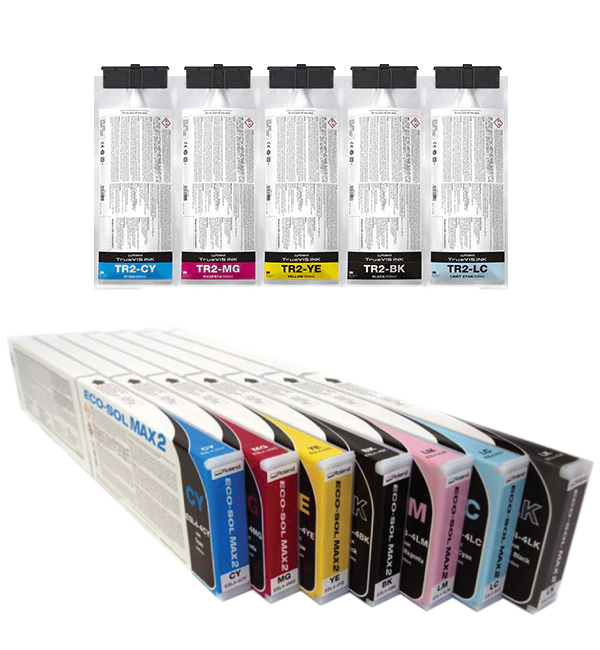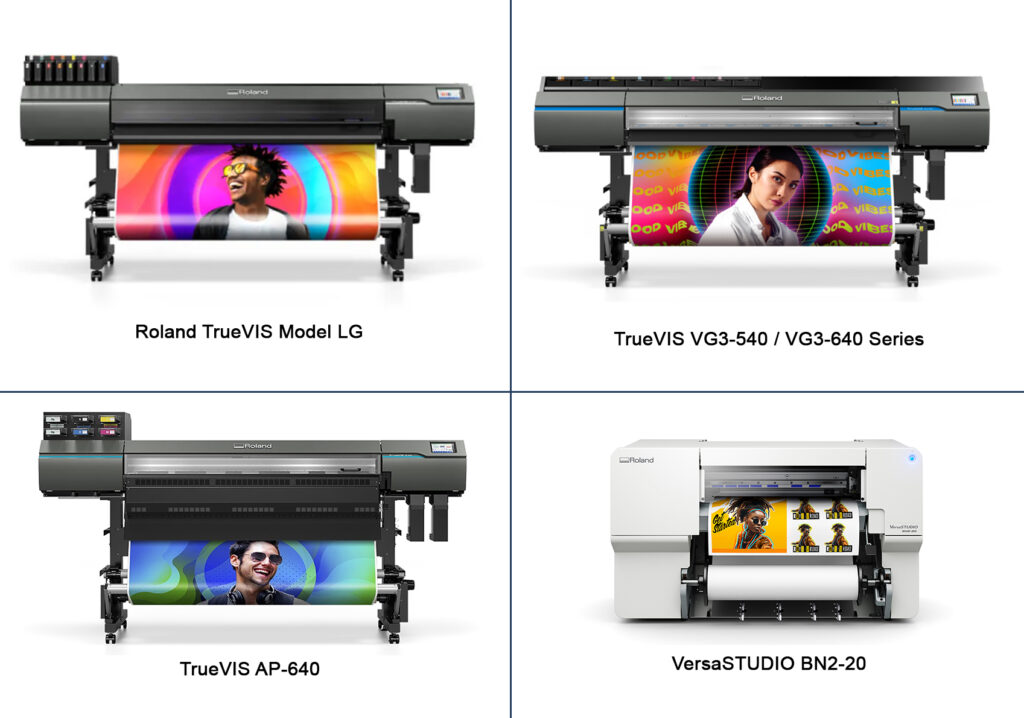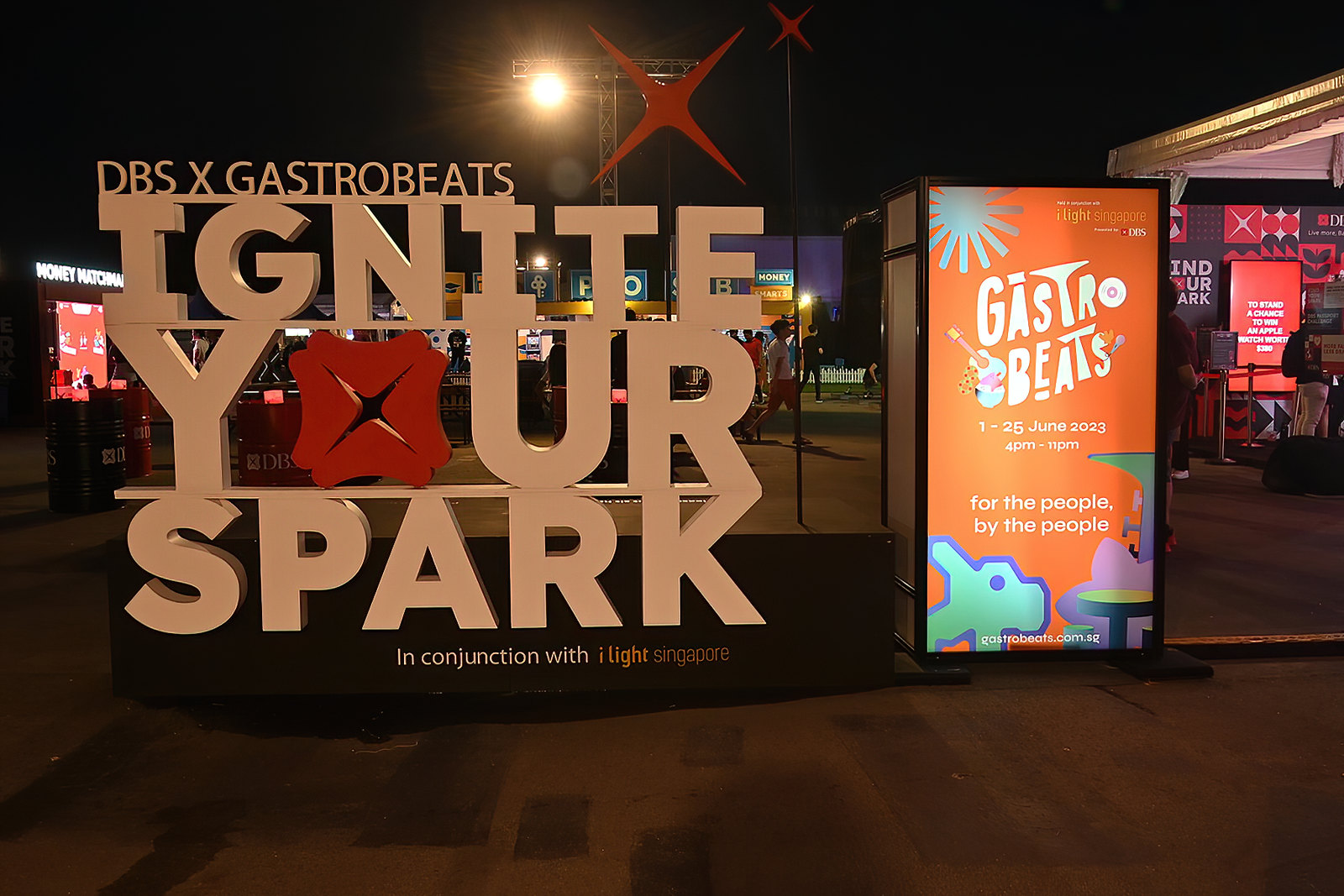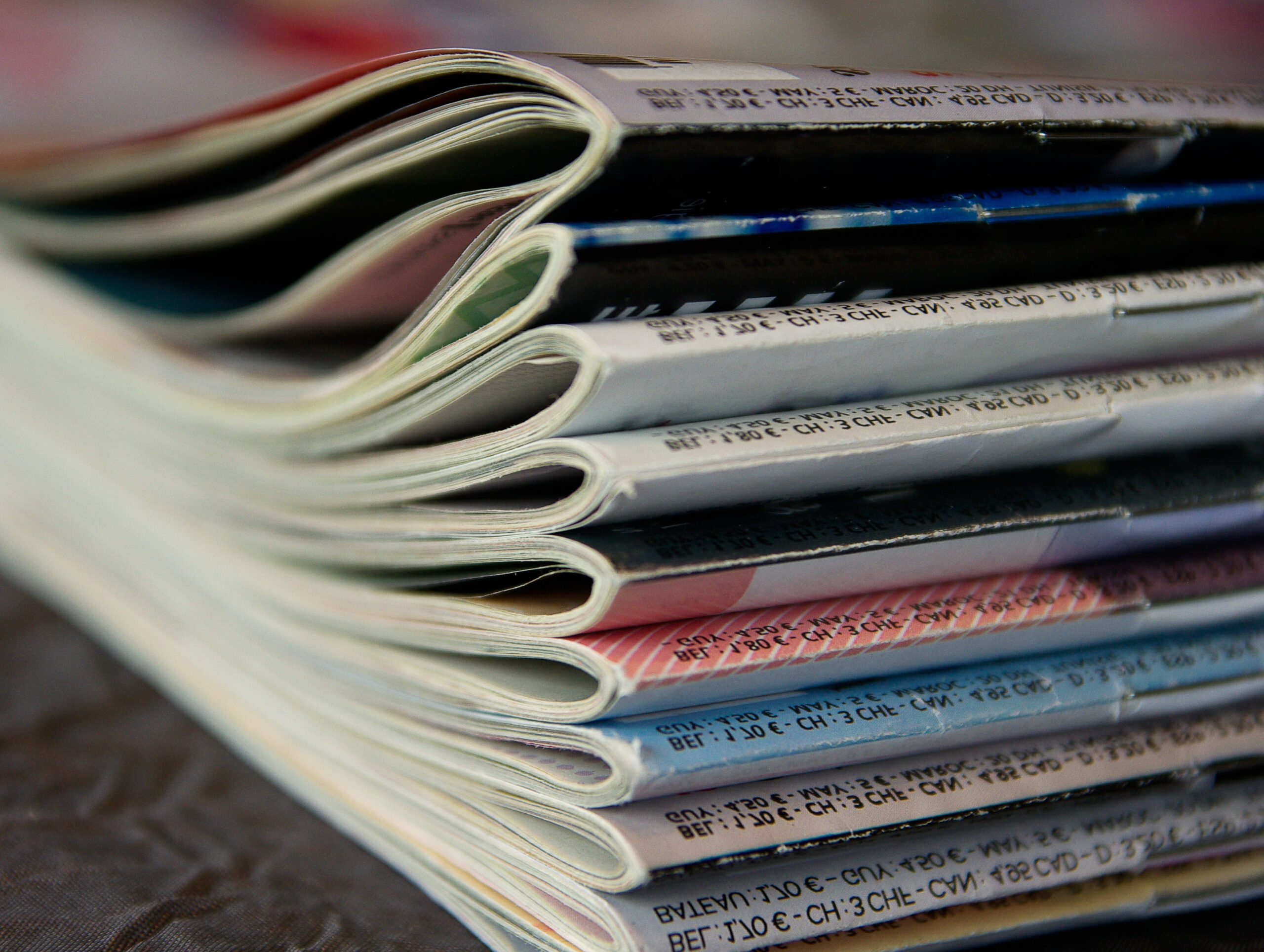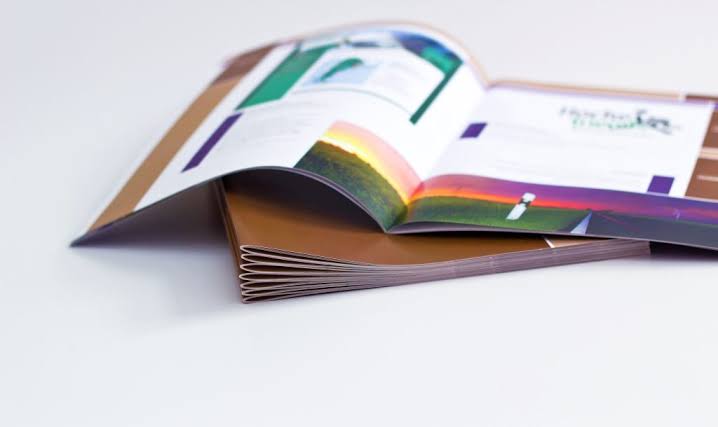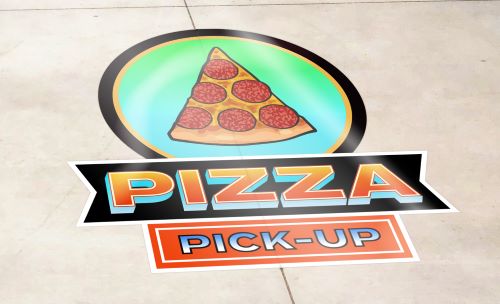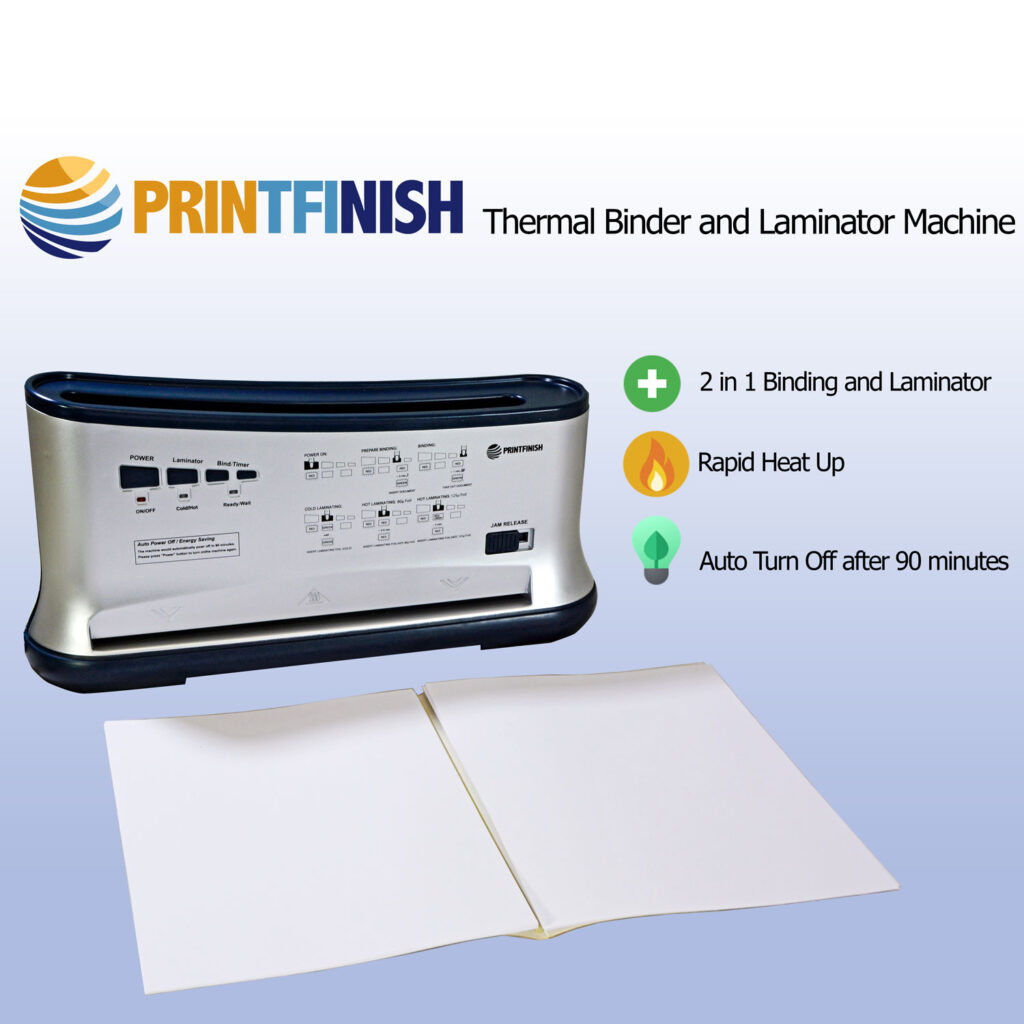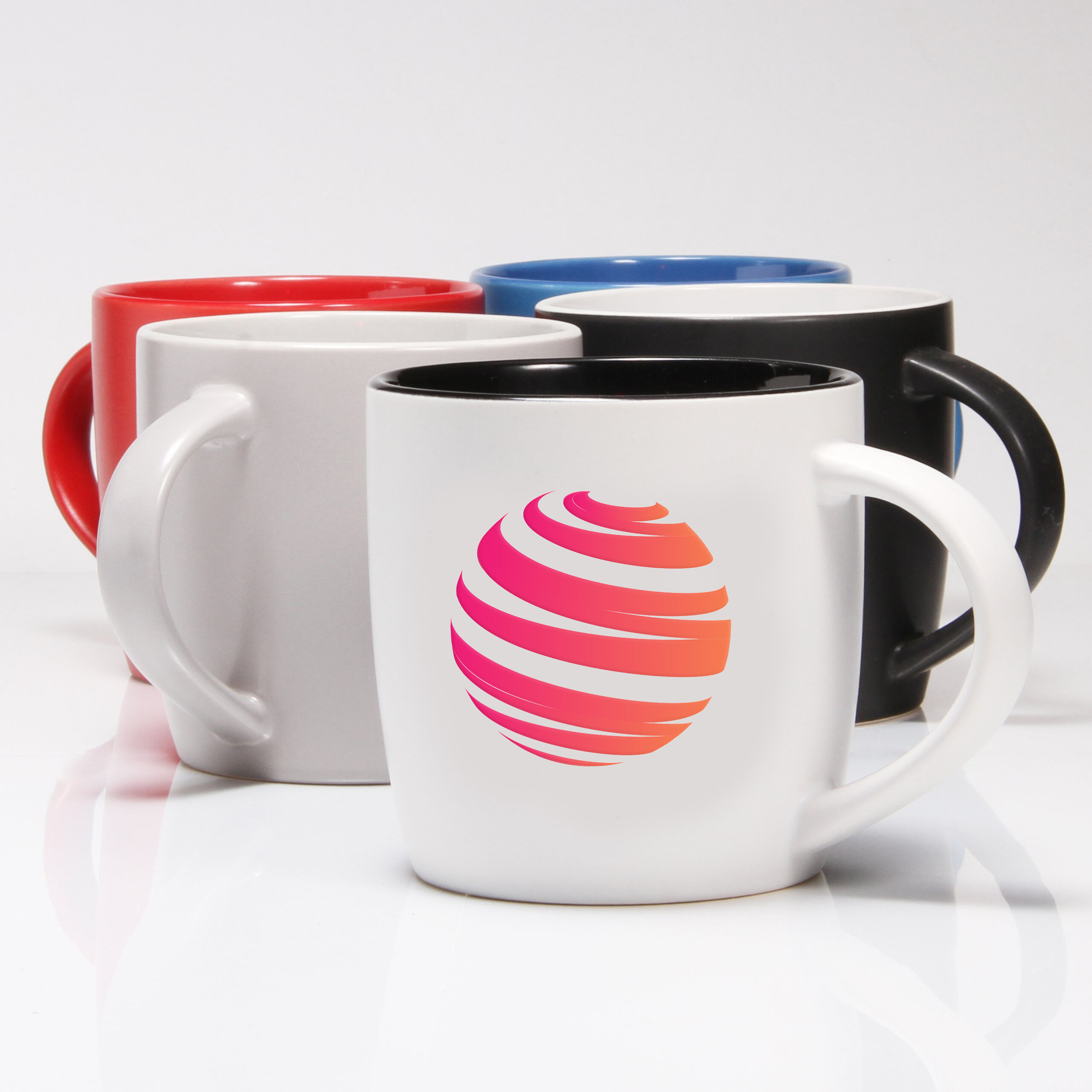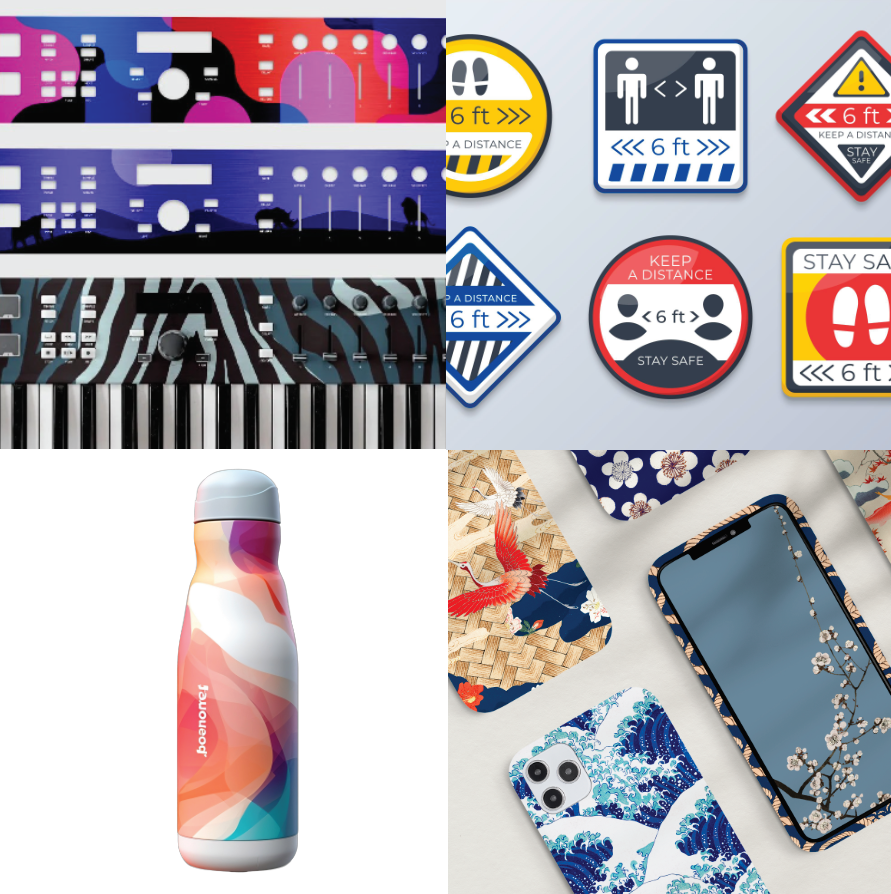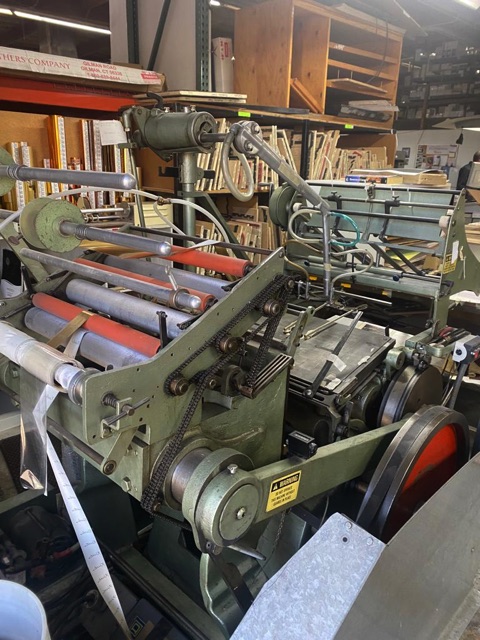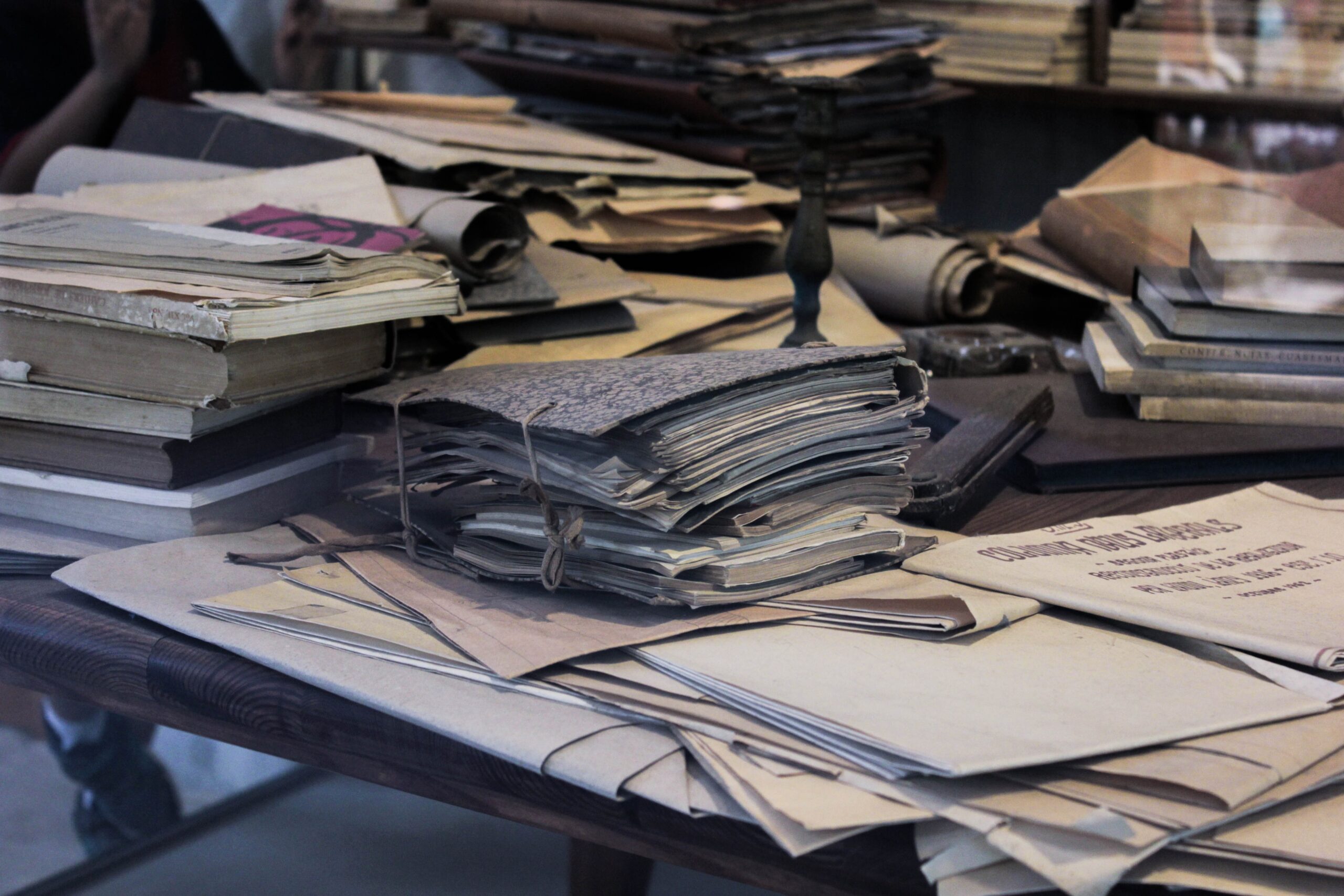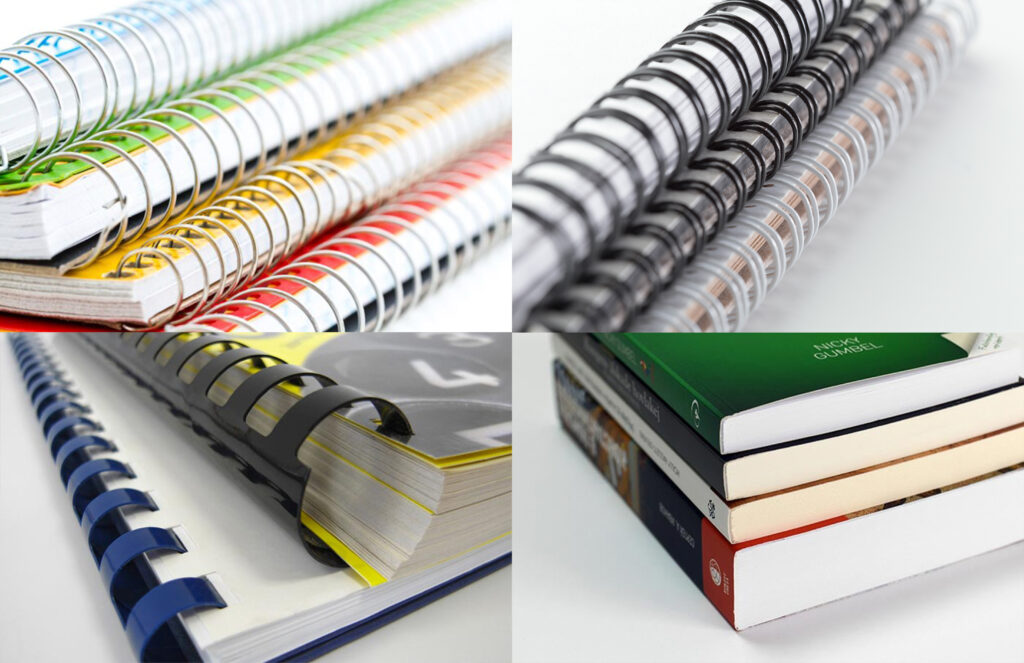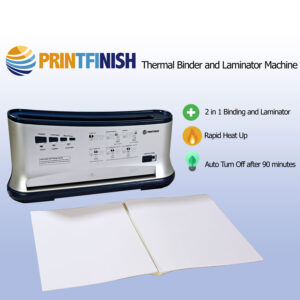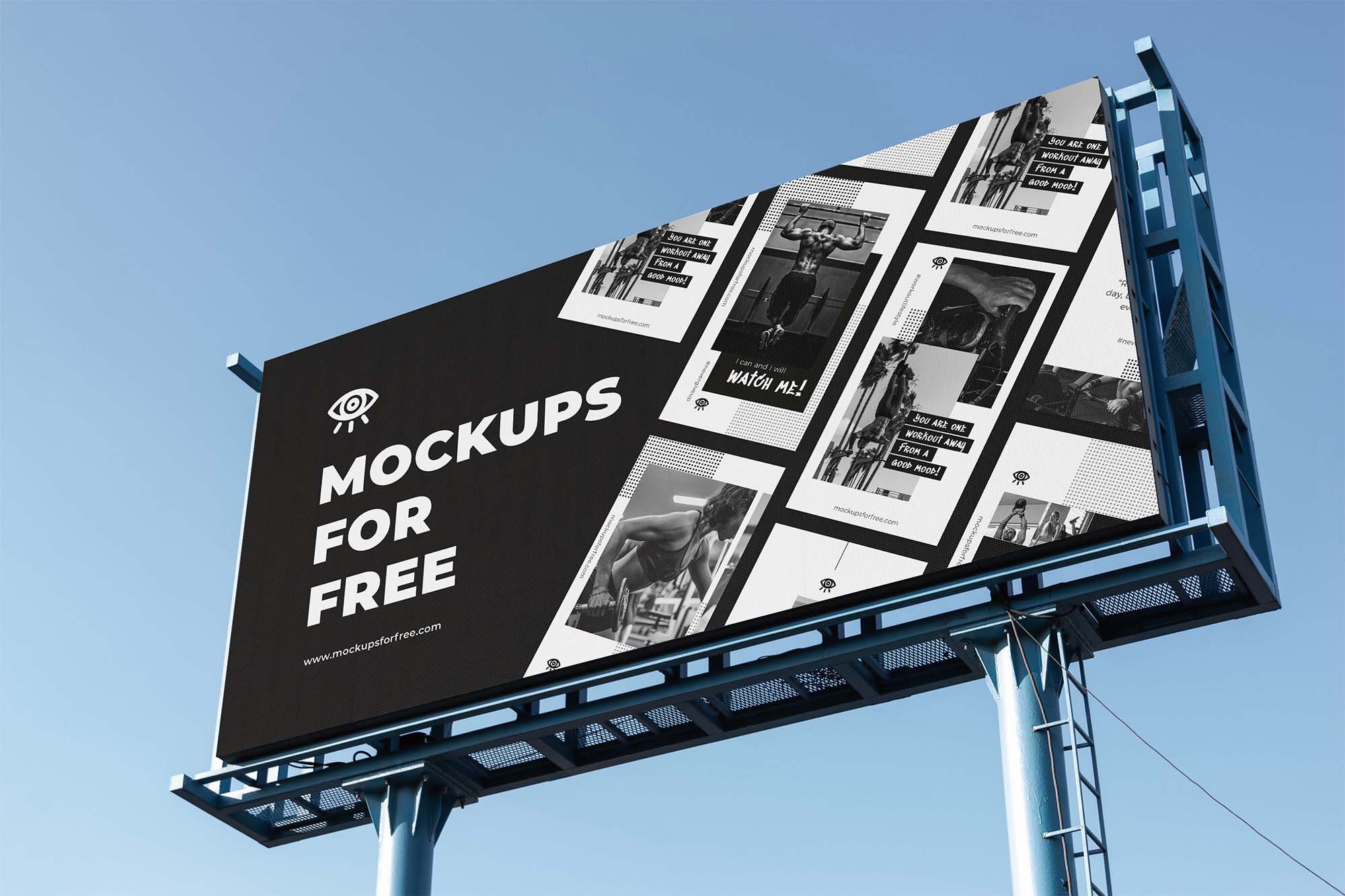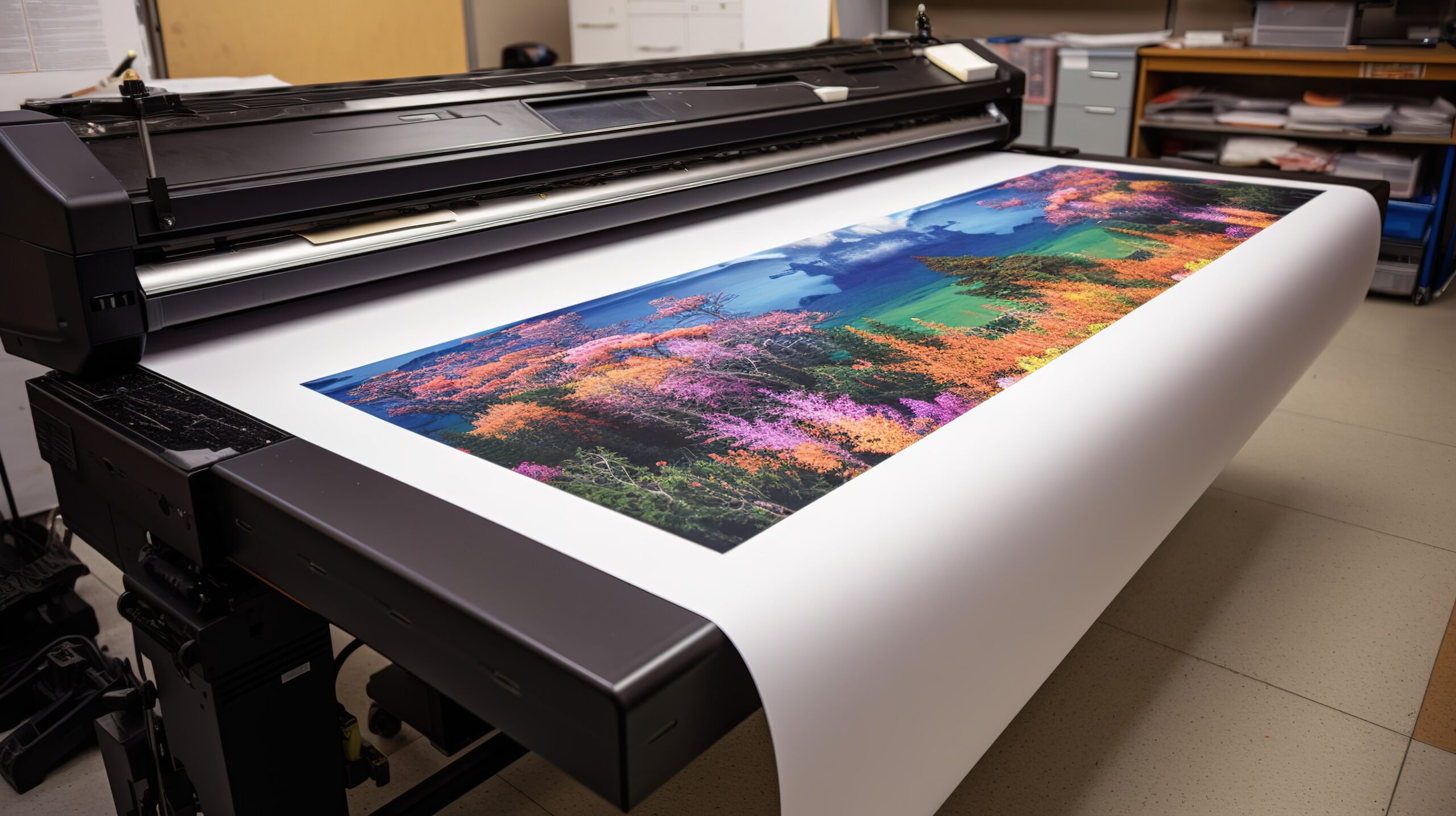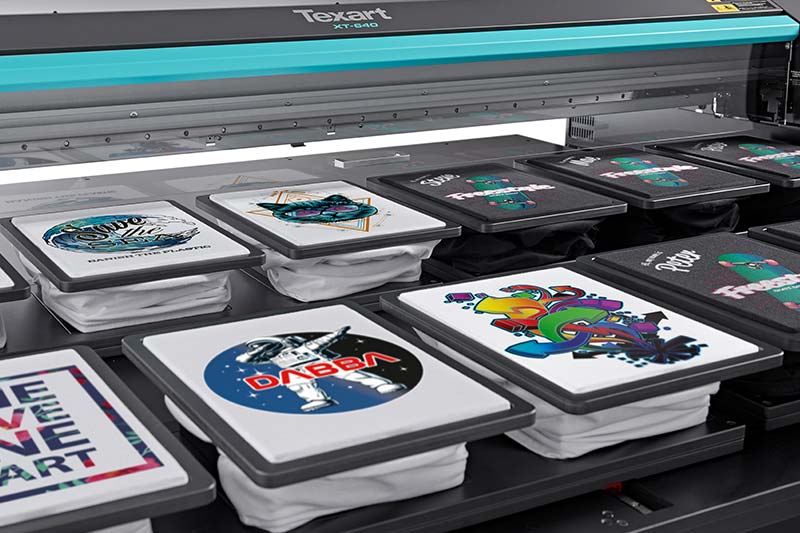Tag: printing guide
What Ink Do You Need for Your Printers?
Choosing the right ink for your printer is essential to ensure high-quality prints, efficient performance, and the longevity of your equipment. Whether you’re printing documents, photographs, or large-scale graphics, the type of ink you use can significantly impact the final result. With various ink types available on the market, such as dye-based, pigment-based, solid inks, and more, it’s important to understand which one suits your printing needs best. This article will cover the different types of printer inks, their applications, and key considerations to help you select the right ink for your printer.
7 Types of Printer Inks
When it comes to printing, the type of ink used can drastically affect the print’s quality, durability, and application. Here’s a breakdown of 7 different types of printer inks, each with its own characteristics and ideal use cases:
- Solvent Ink – Made from petroleum-based solvents are known for their durability and weather resistance. They bond well with non-porous materials like vinyl, making them ideal for outdoor signage, banners, and vehicle wraps. Solvent inks are highly resistant to UV light, moisture, and abrasion, making them perfect for long-lasting outdoor applications. However, they emit strong fumes during printing, requiring proper ventilation.
- Eco-Solvent Ink – Are a more environmentally friendly alternative to traditional solvent inks. While they still offer excellent adhesion and durability, especially for outdoor use, eco-solvent inks have lower VOC (Volatile Organic Compounds) emissions, making them safer for indoor environments and reducing environmental impact. They are used for applications like posters, indoor signage, and vehicle wraps.
- Aqueous – Dye-Based Ink – Water-soluble and commonly used in inkjet printers for vibrant and colourful prints. They are ideal for producing high-quality images, photographs, and indoor signage where the prints will not be exposed to moisture or sunlight. While they produce vivid colours, dye-based inks are not water-resistant or UV-resistant, making them unsuitable for outdoor use without additional protection.
- Aqueous – Pigment-Based Ink – Pigment-based aqueous inks use small particles of pigment suspended in water. These inks are more durable than dye-based inks, offering resistance to water, smudging, and UV exposure. Pigment-based inks are widely used for professional document printing, fine art reproduction, and archival-quality prints due to their longevity and colour stability. They are also suitable for printing on both glossy and matte media.
- UV Ink – Cure or dry instantly when exposed to ultraviolet light, making them highly durable and versatile. They can adhere to a wide variety of surfaces, including plastics, glass, metal, and wood, and are often used for specialty applications like packaging, promotional products, and signage. UV inks are environmentally friendly as they don’t release harmful VOCs during printing, and the instant drying process reduces production time.
- Latex Ink – Water-based and contains latex polymers, which make them flexible, durable, and suitable for outdoor and indoor use. Latex inks are often used for large-format printing, including banners, vehicle wraps, and wallpapers. They offer high resistance to UV light and weathering without the harmful chemicals found in solvent inks, making them a safer, more environmentally friendly choice.
- Textile Ink – Specifically formulated for printing on fabrics. These include dye-sublimation inks, which are used to transfer designs onto polyester and synthetic fabrics, and pigment inks used for natural fibres like cotton. Textile inks are widely used in the fashion industry for clothing, sportswear, and promotional merchandise. They offer excellent colour vibrancy and durability, especially when paired with heat treatment processes to ensure the print bonds permanently to the fabric.
These various types of printer inks are designed for specific applications and materials, ensuring the best results for different printing needs.
Different Types of Printers and Their Compatible Inks
Understanding the type of printer you own is essential to choosing the right ink. Here’s a brief look at common printer types and the ink they use:
- Inkjet Printers – versatile and widely used for home and office applications. They typically use either dye-based or pigment-based aqueous inks. Dye-based inks are known for their vibrant colours, while pigment-based inks offer durability and water resistance.
- Laser Printers – use toner instead of liquid ink. Toner is a fine powder that bonds to the paper using heat, making it ideal for high-volume text documents. Laser printers are commonly used in office settings for their speed and efficiency.
- Solvent and Eco-Solvent Printers – These printers use solvent or eco-solvent inks, ideal for printing on vinyl and other non-porous materials. They are mainly used for outdoor signage, banners, and vehicle wraps due to the inks’ durability and weather resistance.
- UV Printers – Uses UV-cured inks that dry instantly under ultraviolet light. They can print on a wide variety of surfaces, including plastics, glass, and metal, making them suitable for specialty signage and packaging.
- Textile Printers – dye-sublimation, direct-to-film and/or direct-to-garment (DTG) printers, use inks specifically designed for fabrics. These inks are used to print high-quality designs on clothing, sportswear, and promotional fabrics.
- Specialty Printers – If you use a specialty printer, such as a solid ink printer or a sublimation printer, ensure you’re using the correct type of ink. Sublimation printers, for example, require sublimation ink, which is designed to be transferred to materials like fabric or ceramic through heat. Using the wrong ink in a specialty printer can result in damaged equipment and poor-quality outputs.
Each type of printer requires specific ink for optimal performance, so it’s important to check compatibility before purchasing.
Factors to Consider When Choosing Ink
- Print Quality: The type of ink you choose can drastically affect print quality. Dye-based inks are ideal for high-quality photo printing due to their vibrancy and colour saturation, while pigment-based inks provide sharper details and are more suited for professional documents and archival prints.
- Cost: Ink costs can vary greatly depending on the type of ink and the printer model. While dye-based inks tend to be more affordable, pigment-based inks and toner cartridges usually have a higher upfront cost but are more economical in the long run because they last longer. When purchasing ink, consider the cost per page to get a better understanding of your long-term printing expenses.
- Durability: Durability is an important factor, especially if you’re printing materials that need to withstand the test of time or exposure to environmental factors. Pigment-based inks and toner are highly resistant to fading, moisture, and smudging, making them ideal for documents or signage that need to last.
- Type of Media: The paper or material you’re printing on also plays a role in the type of ink you should use. Dye-based inks work well on glossy or photo paper, while pigment-based inks are more suitable for matte finishes or regular office paper. For laser printers using toner, plain or specialty laser paper works best, ensuring the powder adheres properly to the surface.
Additional Notes to Consider When Buying Inks
Compatible vs. Branded Ink Cartridges
Another decision to make when purchasing ink is whether to go for branded ink cartridges or third-party compatible cartridges.
- Branded Ink Cartridges: These are made by the manufacturer of your printer and are specifically designed to work with that model. Branded cartridges often provide the best print quality and longevity, but they tend to be more expensive.
- Compatible Ink Cartridges: These are made by third-party companies and are usually more affordable than branded cartridges. While many compatible cartridges offer decent print quality, they may not always match the performance of branded ink. Additionally, using third-party ink can sometimes void your printer’s warranty or cause technical issues with certain printer models.
Environmental Impact of Ink Choices
Environmental considerations are becoming increasingly important for both businesses and individuals. When choosing ink for your printer, consider its impact on the environment:
- Cartridge Recycling: Many manufacturers offer ink cartridge recycling programs. Instead of disposing of empty cartridges, you can return them to the manufacturer for proper recycling or refilling. This helps reduce waste and minimize environmental impact.
- Eco-Friendly Inks: Some manufacturers produce eco-friendly inks made from biodegradable materials or renewable resources. If sustainability is a priority for you, look for printers and inks that are marketed as environmentally friendly.
Choosing the right ink for your printer is essential for achieving high-quality, durable prints and maintaining the performance of your equipment. Understanding the differences between dye-based, pigment-based, toner, and solid inks can help you select the right option for your specific printing needs. Additionally, factors like cost, media type, and environmental impact should be considered when making your decision. Whether you’re printing photos at home, producing professional documents, or handling large-scale graphics, the right ink will ensure your prints look their best while keeping your printer in optimal condition.
Are you in search of a dependable printer ink supplier to fuel your wide-format printing business’s success? Contact us today to discover how our range of premium printer inks can elevate your printing endeavours. We’re committed to delivering not just products, but solutions tailored to your unique needs. Let’s embark on a journey to enhance your printing capabilities, impress your clients, and drive your business forward.

